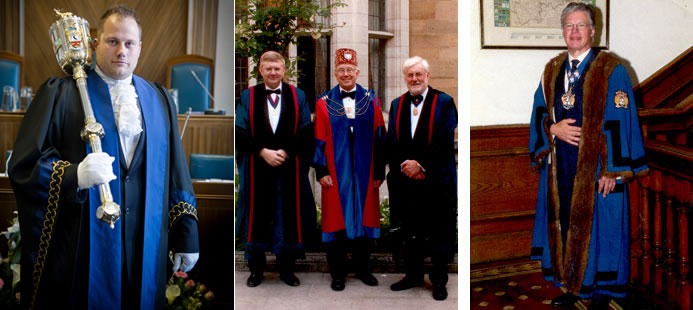We suggest that you wax your jacket once a year to keep it in good condition and weatherproof.
The first and most important rule is that it’s a really bad idea to put your Barbour jacket in the washing machine, if you do, you’ll likely cause some long-term damage to the fabric and it simply won’t be waterproof from then on.
To wax your Barbour jacket, follow these steps:
- Sponge clean your jacket using cold water to remove any dirt or residue.
- Remove the lid of your Barbour Thornproof Wax, and stand it in warm water to allow the wax to melt to a liquid consistency. This may take up to 20 minutes, so maybe it’s time to make yourself a brew or catch up on some news whilst you wait! It is definitely worth taking time to complete this process, and if cared for correctly, your jacket can be passed down the generations!
- Keeping your wax in the bowl of hot water, gently work the liquid wax into your garment with a rag, old cloth or a new sponge (you don’t want any disintegration of an old sponge leaving any fragments attached to your garment!) Take extra care to work it into the seams and creases and any dehydrated areas of your jacket, removing any excess wax.
- Avoid areas such as the corduroy collar, or the lining inside the jacket.
- Once you are fully satisfied that the jacket is evenly covered with wax, hang it on a substantial clothes hanger to dry, in a warm room. Keep your jacket away from any other clothing or soft furnishings, just to be sure the wax does not transfer to any other areas where it is not welcome!
Your wax jacket is now ready to be worn for another year!
At Walters, we are proud to be suppliers of Barbour jackets to the public. We loyally support the brand, with the knowledge that each garment has been lovingly and expertly crafted, so that when our customers purchase a jacket from us, we know it will last a lifetime if it is cared for in the correct manner. Please come in store to try on our range of jackets, soak in the smell of the wax and the feel of the garments, now with the knowledge of the journey your jacket has been on, from factory to peg!
History Of The Barbour Jacket
In 1894 a man named John Barbour, who was born and raised in Galloway, Scotland, founded his company, J. Barbour and Sons Ltd, in South Shields, as an importer of oil cloth. Five generations later, the Barbour brand very much runs through the veins of his descendants and is a flourishing business. These, traditionally waxed, jackets are still being manufactured in the original factory in South Shields, and the 129 year old company is now esteemed as an English luxury fashion brand.
Barbour was originally designed for the local seaman, sailors and dock workers, as they battled the treacherous weather of the North Sea. Subsequently, it became well known for the high quality, practicality, functionality and design of its garments, and its fame began to spread across the country. The ‘Ursula’ suit – a waterproof, waxed-cotton coat became standard issue for servicemen on the submarines in World War 2, and the company also made much of the military’s outdoor weatherproof clothing, appropriately putting itself on the retail map across the country and the world.
There is a very specific and familiar smell to a waxed jacket. The art of waxing a cotton jacket, to make it weather and waterproof, actually predates J Barbour, and has been traced back as far as the 15th Century. It was found that impregnating fabric with oil and grease made it waterproof for the mariners, for the time they spent battling the elements and the need to be kept dry during the long hours spent at sea or outdoors.
The process, from beginning to end, of crafting a Barbour jacket, involves 36 people, who each play a vital role in creating the garment as we know it today. From the initial selection of fabrics and linings, to creating the garment pattern, hand cutting the cloth to size, to prepping for all the stages on the production line, and with each jacket requiring different components to be made depending on the design, these all require the dedication and care of a vast number of individuals.







